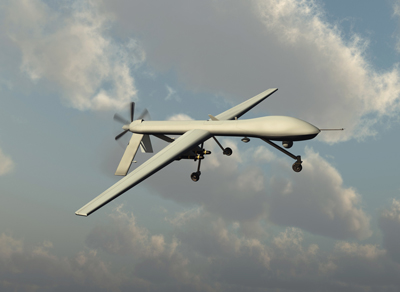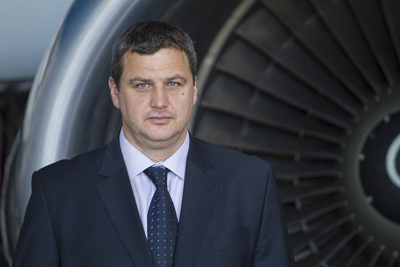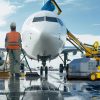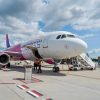 The still highly controversial UAV segment is continuously evolving and gaining global presence with a significant growth in market share across most regions each year, According to Teal Group, UAV expenditure will nearly double over the next decade from the existing global spending of $5.7 billion to $9.9 billion annually, totalling just over $77 billion in the next ten years. However, while the market is steadily growing, the industry is still to address the challenges concerning the appropriate MRO capacities for the new products.
The still highly controversial UAV segment is continuously evolving and gaining global presence with a significant growth in market share across most regions each year, According to Teal Group, UAV expenditure will nearly double over the next decade from the existing global spending of $5.7 billion to $9.9 billion annually, totalling just over $77 billion in the next ten years. However, while the market is steadily growing, the industry is still to address the challenges concerning the appropriate MRO capacities for the new products.
The recent political events have significantly contributed to the accelerating interest in UAVs in many countries. For instance, the US Air Force has decided not to retire the Global Hawk, choosing to stop flying the U-2 reconnaissance aircraft instead. The decision came as no surprise considering the fact that the sustainment costs for the Global Hawk have dropped in the recent years. Meanwhile, in the context of the latest tensions in the Old Continent, Poland's Air Force is planning to expand its fleet of UAVs, capable of carrying out reconnaissance and surveillance missions, as well as strikes on ground targets. Even South Korea is moving ahead with plans to acquire Global Hawk Block 3 0 UAVs aiming at improving the country's military surveillance capabilities.
Moreover, while UAV production should remain relatively stable over the next 10 years, the value of production will certainly, albeit steadily, grow. For instance, China-based AVIC alone is expected to account for $5.76 billion of the 10-year market value. Northrop Grumman, the manufacturer of the RQ-4B Global Hawk and the MQ-4C Triton, is next in line with the forecasted production worth $2.58 billion.
“A drastic increase in UAV usage globally raises the issue of proper ongoing maintenance of the machines along with appropriate training of specialized technical personnel. After  all, operating without human pilots, UAVs represent a sophisticated set of electronics, computer systems, radio transmitters and other advanced technologies. Therefore, considering the trends, we should definitely see a sharp spike in demand for appropriate MRO services during 2014-2024,” says Arturas Dziugelis, the Head of FL Technics Military Aviation Department.
all, operating without human pilots, UAVs represent a sophisticated set of electronics, computer systems, radio transmitters and other advanced technologies. Therefore, considering the trends, we should definitely see a sharp spike in demand for appropriate MRO services during 2014-2024,” says Arturas Dziugelis, the Head of FL Technics Military Aviation Department.
Furthermore, while initially developed for military purposes, nowadays UAVs are actively penetrating the commercial aviation industry as well. The Teal Group’s study calculates the UAV market division to shift from of 89% military and 11% civil to 86% military and 14% civil by the end of the 10-year forecast. As a result, the UAV MRO market is expected to register a CAGR of 4.56%. However, while the global UAV MRO market is set for growth, it is currently facing a significant challenge in terms of skilled manpower to carry out the relevant maintenance work efficiently.
“This shortage is now restricting many companies with regard to the amount of work they can take on which can be attributed to the MRO industry moving away from traditional apprenticeship programs in an effort to cut costs. Therefore, the long-term prosperity of the industry is subject to an increased number of diverse players, including non-A&D specialists as well as small and medium enterprises capable of competing on the field. Moreover, we need to ensure that customers are willing to drastically change the way they procure their products and services,” concludes Arturas Dziugelis, the Head of FL Technics Military Aviation Department.





